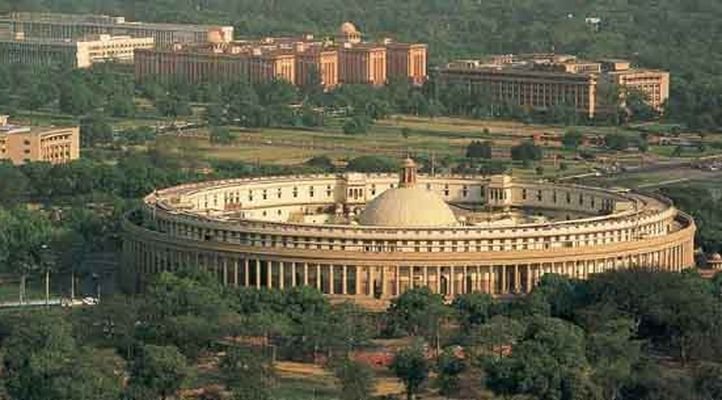(Any opinions expressed here are those of the author and not necessarily that of ScoopWhoop)
The government’s recent last minute decision to withdraw Delhi’s application to be recognised as a UNESCO World Heritage City, came as a shock to the conservation profession in general, but also the Delhi Government, which was spearheading the initiative. It introduced political dimensions to what should have been a routine cultural exercise.
For the last five years the Indian National Trust for Art and Cultural Heritage (INTACH) had been working with the Delhi Government to draft the application to be submitted to UNESCO to recognise Delhi as a World Heritage City. Only two areas of Delhi were selected for the tag ‘Delhi’s Imperial Capital Cities’ — Shahjahanabad, built by Emperor Shah Jahan between 1632-48, and what is now known as Lutyens’ Delhi, built by the British colonial government between 1911-32. They constitute less than 2% of the area of the National Capital Territory of Delhi (NCT of Delhi).
This move had several benefits, not least because it intended to fill a significant gap in India’s presence in the list of World Heritage Cities. There are 220 World Heritage Cities in the world, but not even one is in India. With our rich culture and storied history, it is a shame that none of our cities with their grand landscape and historic monuments have made it to the list.

The prescribed due process to send in the application was meticulously adhered to. All relevant bodies were involved in the process, including the Development Authority, the Delhi Urban Arts Commission (DUAC) and the Heritage Conservation Committee of the Ministry of Urban Development, to name a few. The detailed dossier was sent to UNESCO in Jaunary 2014 as India’s official nomination for the year 2014-15.
During the course of the last year, UNESCO completed a thorough review of the application, including a site visit by an expert who saw the ground realities and discussed the application with all the stakeholders. The government responded to all the queries and clarifications raised by UNESCO and the final decision was due to be taken at the UNESCO General Assembly in Bonn at the end of June 2015.
The manner in which the Delhi Government found out about the withdrawal was the most insulting part. While Delhi Government along with the Archaeological Survey of India were monitoring the countdown to Bonn, it was revealed on the UNESCO website in May 2015 that the Indian government had withdrawn the application.
The political twist
The central government has yet to release an official statement to explain their decision. Under the circumstances one can only speculate on the probable factors that may have influenced this precipitate decision. A few political scenarios come to mind:
First, the ongoing and ugly battle between the central government (through Lt. Governor of Delhi) and the Aam Aadmi Party government in Delhi. From this perspective, the decision can be seen as a political rap on the knuckles of the Delhi Government by an exasperated Centre. The vindictive nature of this action is reinforced by the fact that the government has been talking about respecting the federal structure of the government and devolving more power to the states, but in this case the Delhi Government was not even taken into consideration.
The second possible scenario could be that the conservation of heritage has always been a controversial terrain in India — the demolition of Babri Masjid being a prime example. But in this case, the contestation is over the value of urban land that is being proposed to be conserved. The government and society has no qualms about iconic monumental heritage, however, contention does arise over valuing urban heritage because the control of urban land is a political issue. This is not only because its mediates personal wealth but also because of the quid pro quo involved between land developers and politicians.
So, did the Central government belatedly realize that it would lose out on its ability to mortgage the immense economic value of the Lutyens’ Bungalow Zone to developers for political gain and so decided to withdraw the nomination even at the eleventh hour?
And, third, the identification of what is to be considered heritage is also a political issue. The areas identified for nomination were defined before the present Central government came to power. So along with its other revisionist agendas, did it, perhaps, also begin to wonder if the colonial Imperial City and the Mughal Imperial City were ‘our’ heritage? Even if history, or its interpretation is a contested subject, such issues, in any democratic set-up, must be debated — an exercise that clearly did not take place in this situation.
India is not a banana republic. It has established institutions, laws and processes in place to handle situations like this. In whatever way we choose to analyse the Central government’s decision, one will regrettably end up with the same conclusion, that it was an arbitrary decision, made in contrast to the democratic practices this country respects.

















